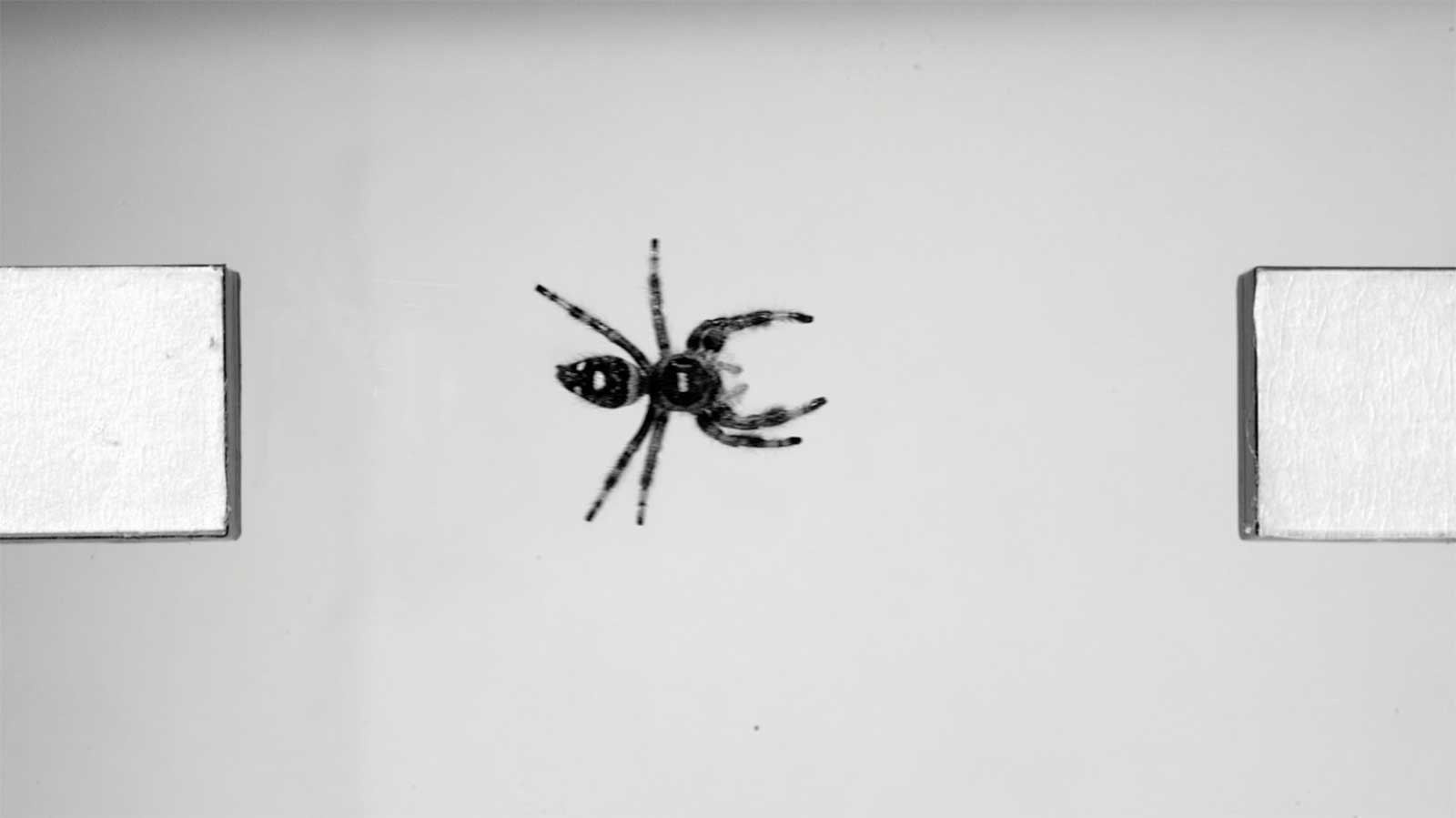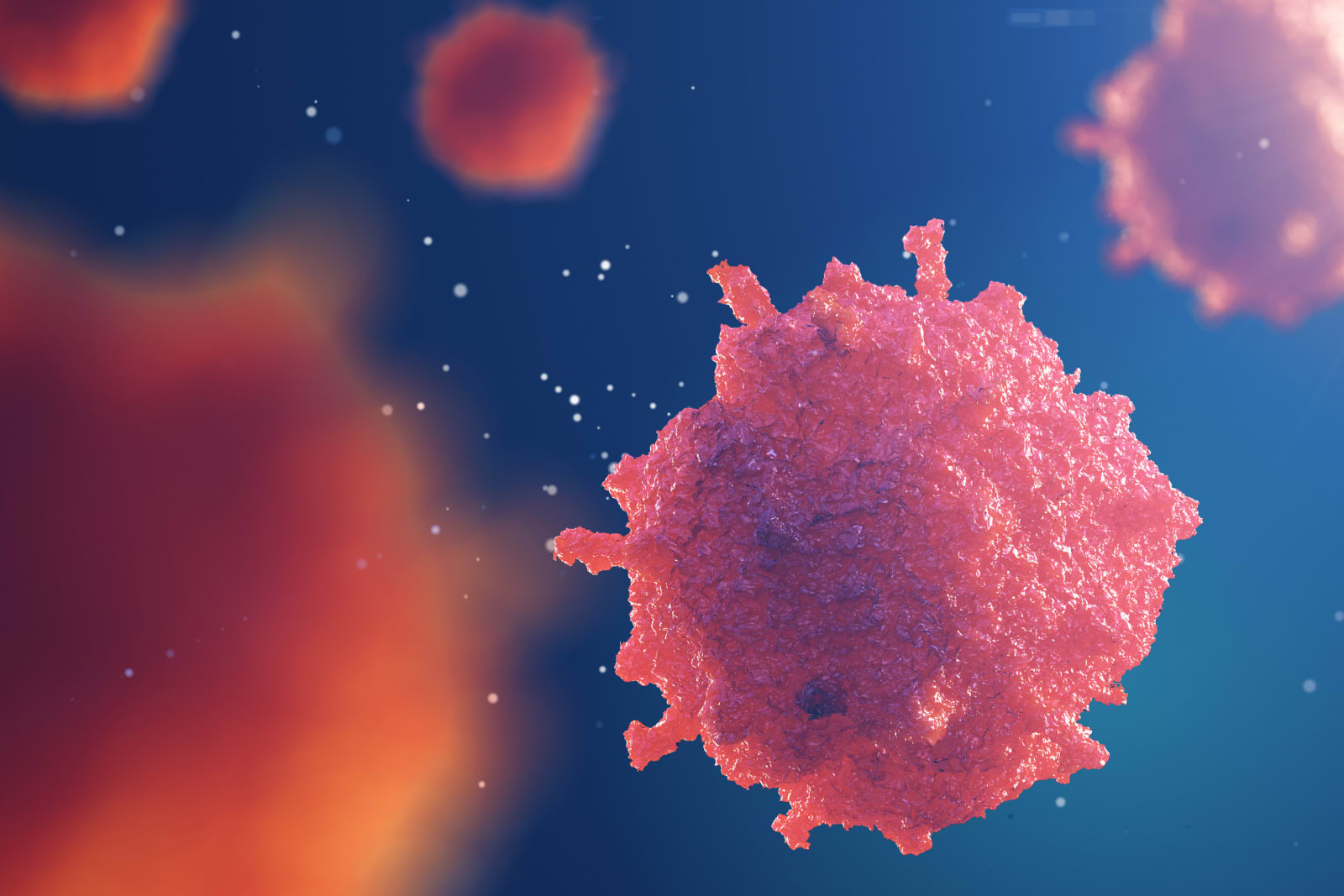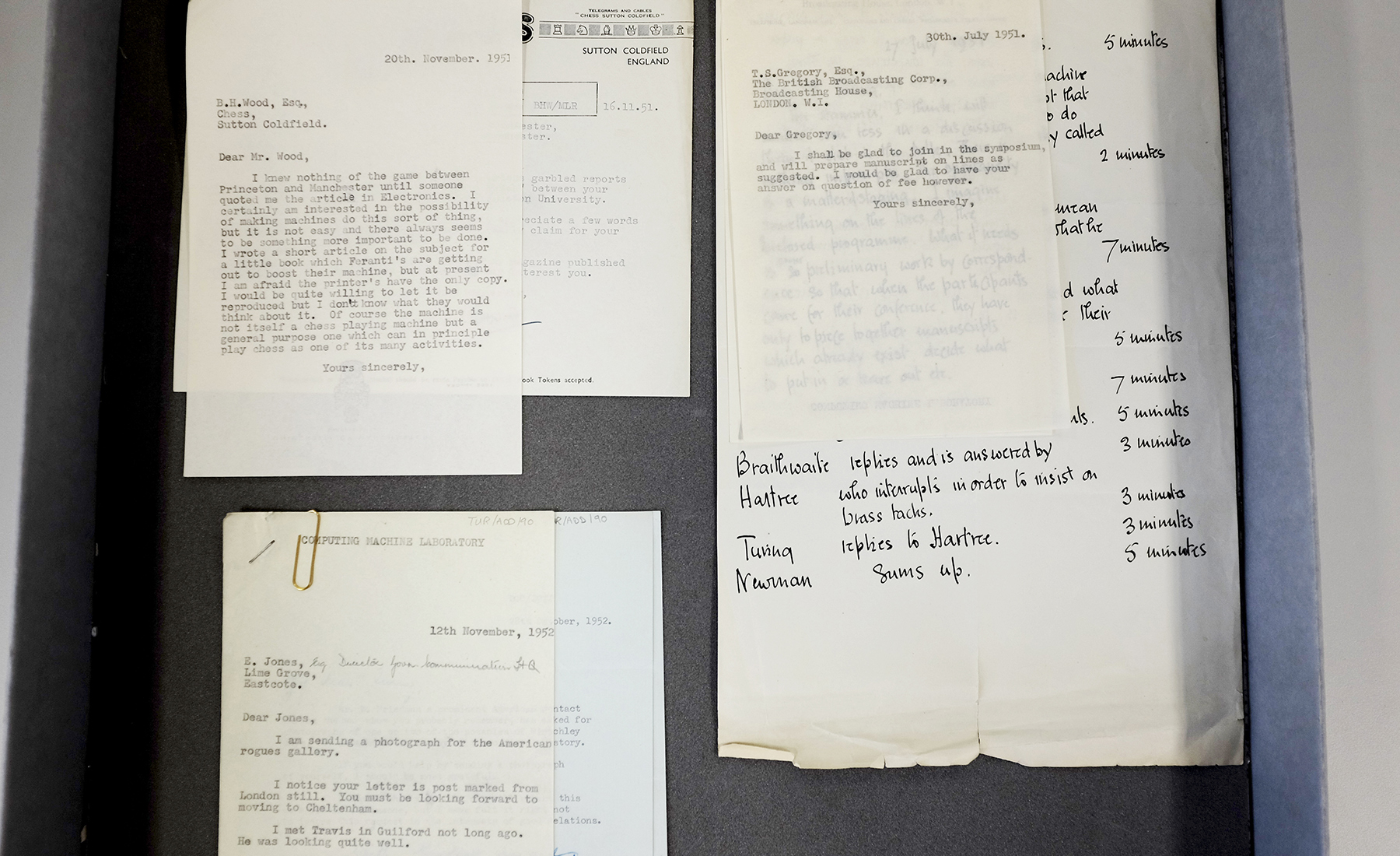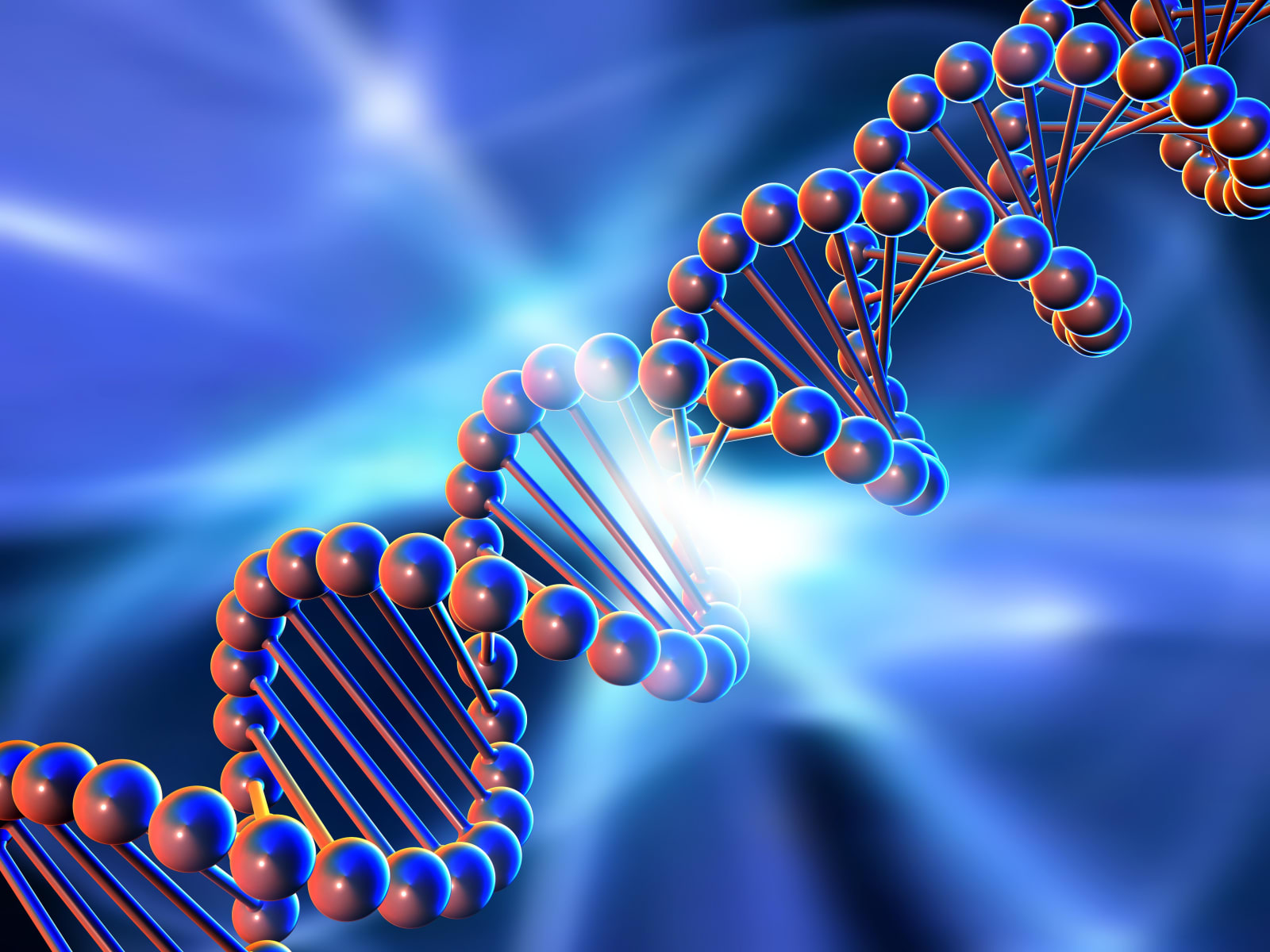
Slowly, but surely graphene is pushing our technological hopes, dreams and, yes, nightmares towards reality. The stuff is capable of extending battery life, generating electricity, powering high-speed data connections and super computer-worthy CPUs. It's water proof, stretchy, bendy and apparently self healing. (This space reserved for T-1000 reference.) Researchers at the University of Manchester discovered that, if you put a hole in a sheet of graphene, it simply stitches itself back together. This is thanks to carbon's tendency to latch on to other atoms, including its own, which can make the futuristic material difficult to work with, but gives it this highly unique quality. Thankfully, we're no where near self-healing robots. But, the discovery could lead to a simple method for molding it into almost any shape. Once pierced, the form of the mend is determined by the type of molecules introduced -- pure carbon simply regrows the perfect honeycomb structure, while a few foreign atoms can lead to "defects." Of course, if they're intentional and predictable, defects merely become "features." For more check out the source link.
Filed under: Science
Graphene heals itself, powers our dreams and nightmares originally appeared on Engadget on Tue, 10 Jul 2012 22:22:00 EDT. Please see our terms for use of feeds.
Permalink |
 MIT Technology Review
MIT Technology Review |
Email this |
Comments
 However creepy jumping spiders might be, they're undoubtedly biomechanical marvels: they can jump up to six times their body length from a complete stop. Wouldn't that be handy for robots, which don't always have the luxury of a running start? Univer...
However creepy jumping spiders might be, they're undoubtedly biomechanical marvels: they can jump up to six times their body length from a complete stop. Wouldn't that be handy for robots, which don't always have the luxury of a running start? Univer...
 However creepy jumping spiders might be, they're undoubtedly biomechanical marvels: they can jump up to six times their body length from a complete stop. Wouldn't that be handy for robots, which don't always have the luxury of a running start? Univer...
However creepy jumping spiders might be, they're undoubtedly biomechanical marvels: they can jump up to six times their body length from a complete stop. Wouldn't that be handy for robots, which don't always have the luxury of a running start? Univer...
 Nanobots promise a breakthrough in medicine by letting doctors study and treat you without invasive surgery or relatively ineffective drugs. But they face a couple of key problems: it's not easy to steer them to where they're needed, and getting rid...
Nanobots promise a breakthrough in medicine by letting doctors study and treat you without invasive surgery or relatively ineffective drugs. But they face a couple of key problems: it's not easy to steer them to where they're needed, and getting rid...
 A huge batch of letters penned by visionary British cryptographer Alan Turning has been found at the University of Manchester. Professor Jim Miles was tidying a storeroom when he discovered the correspondence in an old filing cabinet. At first he ass...
A huge batch of letters penned by visionary British cryptographer Alan Turning has been found at the University of Manchester. Professor Jim Miles was tidying a storeroom when he discovered the correspondence in an old filing cabinet. At first he ass...
 Sixty percent of all the weapons sold on the dark web are smuggled out of the US, according to research from the RAND Corporation. It, along with the University of Manchester, began investigating the illegal trade in firearms, explosives and ammuniti...
Sixty percent of all the weapons sold on the dark web are smuggled out of the US, according to research from the RAND Corporation. It, along with the University of Manchester, began investigating the illegal trade in firearms, explosives and ammuniti...
 There are a few reasons why you aren't flying across the country in hypersonic aircraft, but the simplest of them is heat: when you travel at speeds over Mach 5, the ultra-high temperatures (around 3,600F to 5,400F) strip layers from metal. How do y...
There are a few reasons why you aren't flying across the country in hypersonic aircraft, but the simplest of them is heat: when you travel at speeds over Mach 5, the ultra-high temperatures (around 3,600F to 5,400F) strip layers from metal. How do y...
 Scientists at the University of Manchester, led by Professor Ross D. King, have created a new DNA-based computing device. If you think of DNA as being the code for generating life, then it's not hard to see it as capable of performing other tasks. Ju...
Scientists at the University of Manchester, led by Professor Ross D. King, have created a new DNA-based computing device. If you think of DNA as being the code for generating life, then it's not hard to see it as capable of performing other tasks. Ju...



